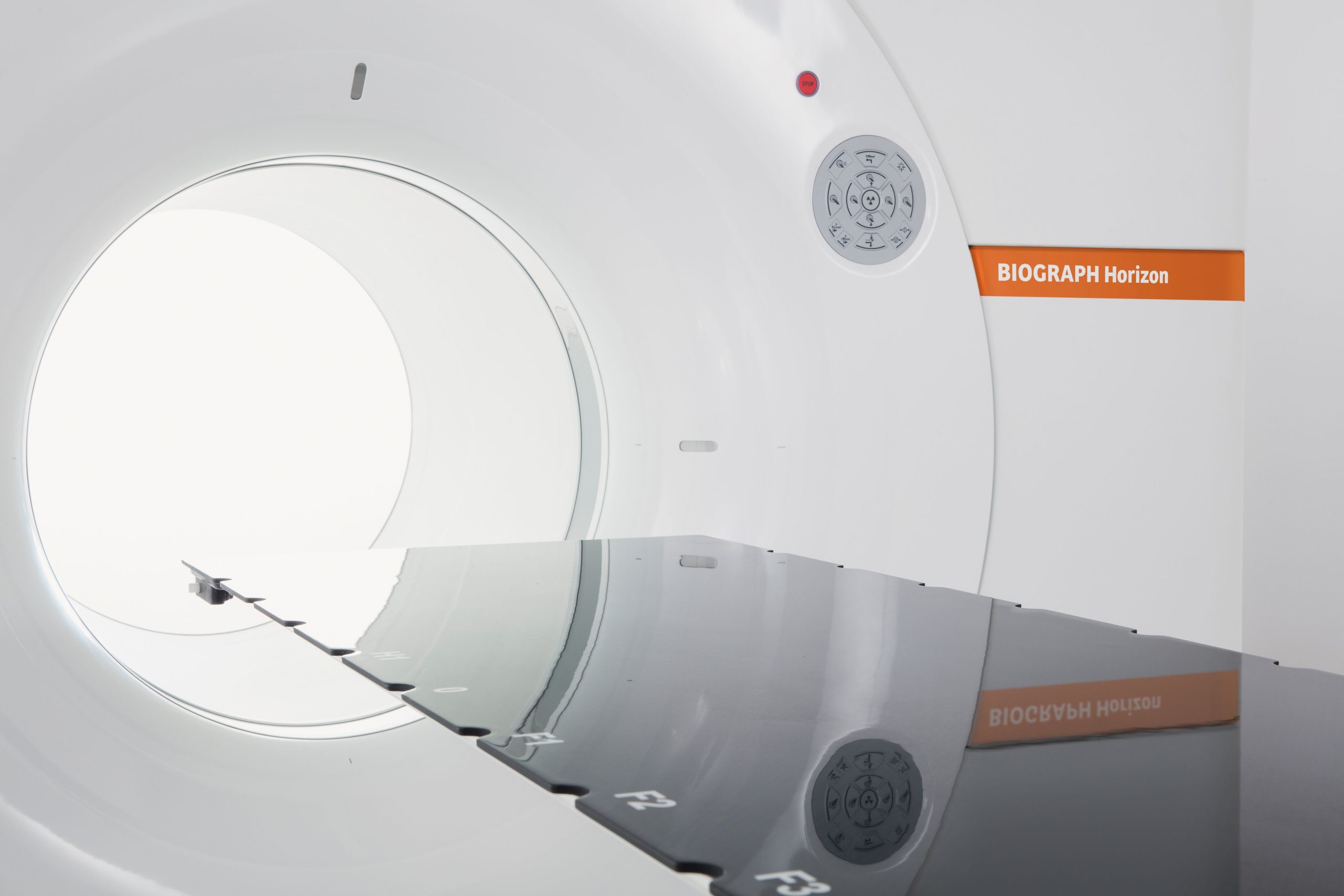2025 Imaging Market Trends: Key Insights from Advisory Board
As healthcare continues to evolve, radiology leaders and hospital executives are facing new challenges and opportunities that will shape the future of imaging services. In a recent Advisory Board webinar, experts shared timely insights into the policy landscape, imaging demand, innovation, workforce shortages, and the shifting site-of-care environment. Below, we’ve summarized the key takeaways most relevant for directors of radiology and health system executives.
1. Policy and Regulatory Pressures

No discussion about healthcare in 2025 can begin without acknowledging the shifting policy environment. Three federal-level dynamics are top of mind:
- Funding Cuts: With over $1.2 trillion in healthcare reductions projected over the next decade, Medicaid and Medicare reimbursement are under pressure. The Congressional Budget Office estimates an additional 14.2 million uninsured Americans by 2035. For imaging, this could translate to volume declines in states with high Medicaid populations, particularly in the Southeast and Pacific Northwest.
- Site-Neutral Payments: Congress continues to push proposals that would equalize reimbursement between hospital outpatient departments (HOPDs) and freestanding imaging centers. If passed, hospitals could lose more than $6 billion in Medicare reimbursement, further challenging margins for hospital-based imaging.
- Agency Disruptions: Cuts at the FDA, CDC, and NIH are slowing technology approvals, limiting access to public health datasets, and delaying payment updates. For imaging, this means potentially longer approval timelines for AI tools and imaging hardware.
Bottom line: Imaging remains resilient, but leaders must monitor reimbursement models and prepare for shifting patient access due to insurance coverage losses.
2. Imaging Volumes: Growth with Volatility

Historically, imaging has seen consistent, steady growth. Advisory Board projects:
- PET: +8% volume growth by 2029
- Mammography: +7%
- MRI & CT: modest but steady growth across the board
Growth drivers include an aging population, new treatment pathways (e.g., Alzheimer’s drugs requiring PET/MRI), and expanded cancer screening guidelines. However, several risk factors introduce potential volatility:
- Capacity constraints: Workforce shortages and financial limitations could prevent hospitals from fully meeting rising demand.
- Drug pipeline: New treatments (e.g., Alzheimer’s) may sharply increase diagnostic volumes.
- Screening uncertainty: Expanded eligibility may be offset by patient hesitancy and skepticism toward public health initiatives.
Takeaway: Expect steady growth, but plan for fluctuations based on treatment innovation, workforce readiness, and screening adoption.
3. Technology & Innovation: Beyond the AI Hype

Artificial Intelligence dominates the imaging innovation conversation – and for good reason:
- FDA approvals for radiology-related AI solutions grew from 5 in 2017 to 63 in 2022.
- Nearly half of hospitals and a third of radiology groups already use AI tools.
Yet AI is just one piece of the puzzle. Other innovations include:
- Remote scanning and teleradiology to offset staffing gaps
- Theranostics for personalized cancer care
- Mobile imaging expansion to meet demand in underserved markets
- Virtual reality and AR for training and complex diagnostics
The challenge is not access to innovation – it’s managing adoption. Many organizations have rushed to implement without sufficient governance, training, or ROI measures, leading to staff burnout and limited returns.
Best practice: “Eat your broccoli first.” Before adopting new technologies, build strong IT infrastructure, clear governance structures, and training programs. Innovation must be implemented strategically to truly deliver value.
4. Workforce Shortages: An Emerging Experience Gap

Staffing shortages are not new, but the nature of the shortage is evolving. The average age of radiologic technologists has dropped significantly since 2020, with more early-career staff entering the workforce while experienced staff exit.
This creates an experience complexity gap:
- Patients are more complex, with multiple comorbidities.
- Imaging technology is more advanced and requires specialized expertise.
- Fewer seasoned technologists are available to guide new staff.
Solutions emerging across the industry:
- Leveraging AI to augment early-career staff knowledge
- Adjusting staffing models to incorporate imaging aides and non-clinical support
- Bringing retirees back part-time as mentors or seasonal support
For executives, this means investing not only in recruitment, but also in mentorship and training programs that bridge the gap between less experienced staff and increasingly complex imaging demands.
5. Shifting Sites of Care: Regional, Not National

Despite headlines, hospitals remain the dominant site for imaging, accounting for 41.5% of outpatient claims nationwide. Freestanding centers hold 19%, and physician offices 36%. At the national level, this distribution has remained stable since 2019.
However, regional variation tells a different story:
- In Baltimore, 91% of mammography occurs outside hospitals.
- States like Arizona, Florida, and Colorado show higher freestanding imaging penetration, while Wisconsin and Vermont remain hospital-centric.
Factors driving site-of-care shifts include:
- Policy/regulation: Certificate-of-need (CON) laws, site-neutral payment rules
- Purchaser preferences: Employers and payers steering patients to lower-cost freestanding centers
- Provider competition: Private equity-backed imaging groups expanding aggressively in select markets
Key insight: Site-of-care shifts will not unfold evenly across the country. Hospital leaders must evaluate competitive dynamics and regulatory structures in their own markets to anticipate changes.
Conclusion: Preparing for 2026 and Beyond
The imaging industry is positioned for growth, but with uncertainty and disruption on multiple fronts. Leaders should:
- Monitor reimbursement policies and Medicaid coverage trends to anticipate demand shifts.
- Invest in capacity solutions like mobile imaging, remote scanning, and AI-enabled workflows.
- Address workforce challenges by pairing recruitment with mentorship and technology adoption.
- Analyze regional markets to prepare for site-of-care shifts driven by payers and competitors.
Advisory Board’s analysis makes clear: while imaging remains one of the most stable areas of healthcare, volatility is increasing. Imaging Directors and C-suite executives who proactively plan for policy pressures, workforce evolution, and regional market dynamics will be best positioned to lead through this period of change.
Ready to Explore Your Options?
At Shared Imaging, we specialize in providing flexible, full-service mobile imaging solutions tailored to your clinical, operational, and financial goals. Whether you’re navigating growth, renovation, or just need to add capacity, our team is here to help.
